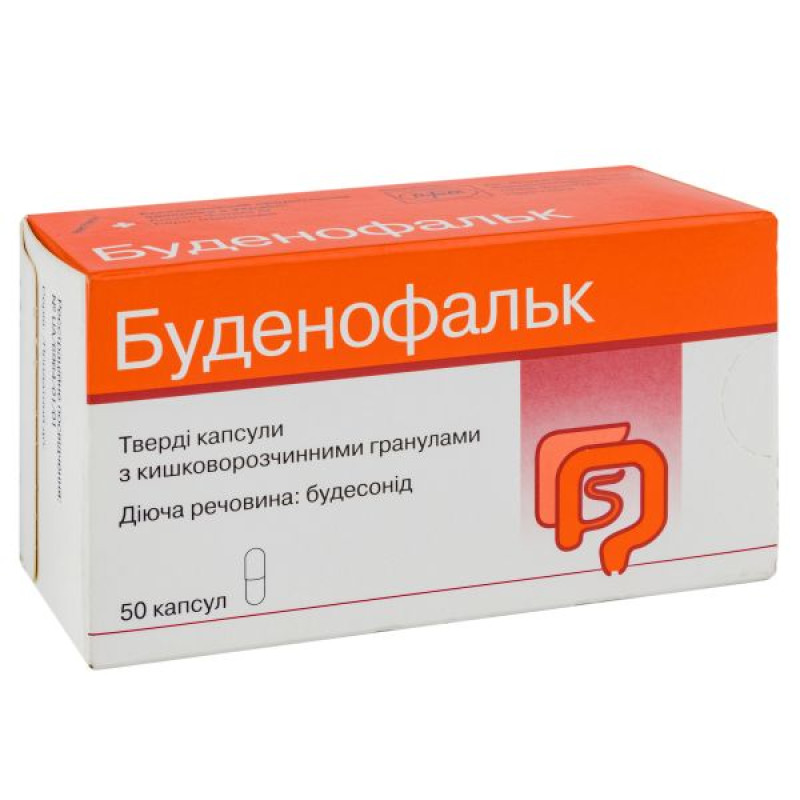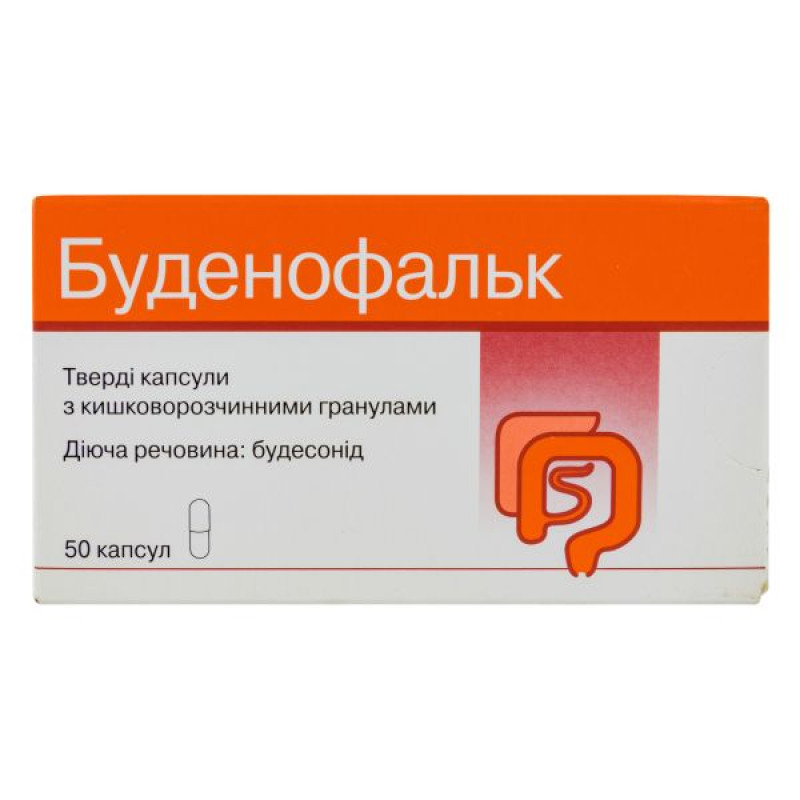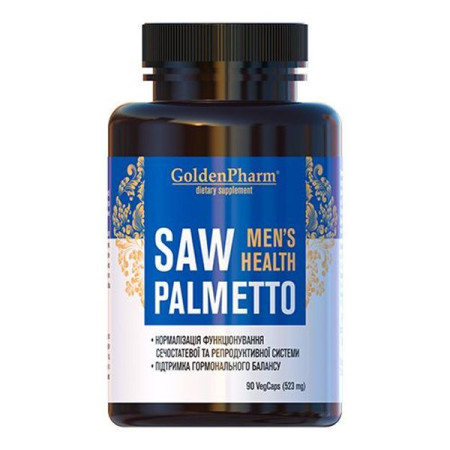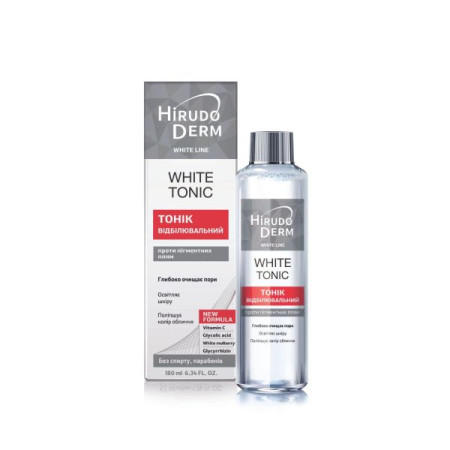Budenofalk hard capsules with enteric-coated granules 3 mg No. 50

Instructions for Budenofalk hard capsules with enteric-coated granules 3 mg No. 50
Composition
active ingredient: budesonide;
1 hard capsule with enteric-coated granules contains 3 mg of budesonide;
excipients: sugar spheres, lactose monohydrate, povidone K 25, methacrylic acid methyl methacrylate copolymer (1:1) = Eudragit L 100, methacrylic acid methyl methacrylate copolymer (1:2) = Eudragit S 100, ammonium methacrylate copolymer type B = Eudragit RS, ammonium methacrylate copolymer type A = Eudragit RL, triethyl citrate, talc, gelatin, titanium dioxide (E 171), erythrosine (E 127), iron oxide red (E 172), iron oxide black (E 172), sodium lauryl sulfate.
Dosage form
Hard capsules with enteric-coated granules.
Main physicochemical properties:
pink capsules (size 1) containing white round granules.
Pharmacotherapeutic group
Anti-inflammatory drugs used in intestinal diseases. Topical corticosteroids. ATX code A07E A06.
Pharmacological properties
Pharmacodynamics
The exact mechanism of action of budesonide in the treatment of Crohn's disease is not clear. Data from a clinical pharmacology study and other controlled clinical trials clearly indicate that the mechanism of action of budesonide is based mainly on local action in the intestine. Budesonide is a glucocorticoid with a high local anti-inflammatory effect. At doses clinically equivalent to doses of systemic glucocorticoids, budesonide causes significantly less suppression of the hypothalamic-pituitary-adrenal axis and has a smaller effect on markers of inflammation.
Budenofalk exhibits a dose-dependent effect on plasma cortisol levels, which at the recommended dose of 3 x 3 mg budesonide/day is probably lower than equivalent doses of systemic glucocorticoids.
Clinical efficacy and safety.
Adults
Clinical study in patients with Crohn's disease
In a randomized, double-blind, double-dummy study in patients with mild to moderate Crohn's disease (200 The primary efficacy endpoint was the proportion of patients in remission (CDAI <150) at week 8. A total of 471 patients were enrolled in the study (full analysis set, FAS), 439 patients were in the per-protocol (PP) analysis set. There were no significant differences in baseline characteristics between the two treatment groups. In the confirmatory analysis, 71.3% of patients were in remission in the 9 mg OD group and 75.1% in the 3 mg TID group (PP) (P: 0.01975) demonstrating at least 9 mg budesonide OD to 3 mg budesonide TID. No drug-related serious side effects were reported. Children Clinical trials of autoimmune hepatitis The safety and efficacy of budesonide were studied for 6 months in 46 pediatric patients aged 9 to 18 years. For induction of remission, 19 patients received budesonide (9 mg) and 27 patients received prednisone (starting dose 40 mg). Patients were then switched to open-label budesonide for 6 months. The proportion of patients with a complete response (i.e., normalization of AST and ALT levels without steroid-specific adverse events) was significantly lower in the group of patients ≤ 18 years compared with the adult group. However, after a further 6 months of treatment with budesonide, the differences between the age groups became significantly smaller. There were no significant differences between patients initially receiving prednisone and budesonide with regard to the proportion of patients achieving a complete response. Pharmacokinetics General properties of budesonide Absorption Oral bioavailability in both volunteers and patients with Crohn's disease under fasting conditions is approximately 9-13%. Distribution Budesonide has a high volume of distribution (about 3 l/kg). Plasma protein binding is 85-90%. Biotransformation Budesonide undergoes extensive biotransformation in the liver (about 90%) to metabolites with low glucocorticosteroid activity. The glucocorticosteroid activity of the main metabolites, 6β-hydroxybudesonide and 16α-hydroxyprednisolone, which are formed via CYP3A, is less than 1% of that of budesonide. Breeding The mean elimination half-life after oral administration is about 3-4 hours. The mean clearance is about 10 l/min. Specific patient groups (patients with liver impairment) Depending on the type and severity of liver disease, the metabolism of budesonide via CYP3A may be reduced in these patients. Features of budesonide Absorption The release of budesonide from Budenofalk in patients with an ileostomy is similar to that in healthy volunteers or patients with Crohn's disease, and is 30-40% of the released budesonide in the ileostomy pouch. This indicates that a significant amount of budesonide from Budenofalk is transported normally to the colon. Concomitant food intake may delay gastrointestinal transit by approximately 2-3 hours. In such cases, the lag phase is approximately 6-8 hours, but this does not alter the rate of absorption. Specific patient groups (patients with liver impairment) As has been shown in patients with autoimmune hepatitis, the systemic availability of budesonide may be increased in patients with impaired liver function. Once liver function improves, the metabolism of budesonide normalizes. The systemic bioavailability of budesonide is significantly higher in patients with late-stage primary biliary cirrhosis (stage IV of the PCC) than in the early stages of this disease (stage I/II of the PCC); the area under the plasma concentration-time curve was on average three times higher after repeated administration of 3 x 3 mg of budesonide per day. · Mild to moderate Crohn's disease localized in the ileum (part of the small intestine) and/or ascending colon (part of the large intestine). · Collagenous colitis. · Autoimmune hepatitis. Treatment with Budenofalk appears to be ineffective for patients with Crohn's disease extending to the upper gastrointestinal tract. Given the local effect of the drug Budenofalk, it is unlikely to be effective in extraintestinal symptoms of the disease (extraintestinal), for example, those that appear on the skin, eyes or joints. Budenofalk should not be used for: - hypersensitivity to budesonide or to any component of the drug; - local intestinal infections (bacterial, fungal, amoebic, viral); - liver cirrhosis and signs of portal hypertension, for example, in the late stage of primary biliary cirrhosis. Pharmacodynamic interactions Cardiac glycosides The effect of glycosides may be potentiated by potassium deficiency. Saluretics Potassium excretion may increase. Pharmacokinetic interactions Cytochrome P450 3A (CYP3A) CYP3A inhibitors such as ketoconazole, ritonavir, troleandomycin, erythromycin, cyclosporine, grapefruit juice. The effect of the corticosteroid may be enhanced. CYP3A inducers such as carbamazepine and rifampicin may reduce both the systemic and local effects of budesonide on the intestinal mucosa. Budesonide dosage may need to be adjusted. CYP3A substrates such as ethinylestradiol compete with budesonide for metabolism. If the affinity of the competing compound for CYP3A is higher, this may lead to an increase in the plasma concentration of budesonide. If budesonide has a higher binding affinity for CYP3A, the plasma levels of the competing compound may increase. In such cases, the dose of budesonide or the competing substance may need to be adjusted. Increased plasma concentrations and potentiation of corticosteroid effects have been reported in women taking estrogens or oral contraceptives. These interactions were not observed with low-dose combined oral contraceptives. Concomitant use of cimetidine and budesonide may cause a slight, but clinically insignificant, increase in plasma levels of budesonide. The use of omeprazole does not affect the pharmacokinetics of budesonide. Potential interactions with steroid-binding resins such as cholestyramine and antacids cannot be excluded. When taken simultaneously with Budenofalk, such interactions may lead to a decrease in the effect of budesonide. Therefore, these drugs should be taken separately with an interval of at least 2 hours. Treatment with Budenofalk results in a greater reduction in systemic steroid levels than conventional oral steroid therapy. Transfer from other steroid therapy may result in symptoms related to changes in systemic steroid levels. Patients with one or more of the following diseases require particularly careful medical supervision: tuberculosis, hypertension, diabetes mellitus, osteoporosis, peptic ulcer (stomach or duodenal), glaucoma, cataracts, and a family history of diabetes or glaucoma. Systemic effects of corticosteroids may occur, especially when used in high doses and for prolonged periods. These effects may include Cushing's syndrome, adrenal suppression, growth retardation, decreased bone mineral density, cataracts, glaucoma, and, very rarely, a wide range of mental/behavioral disorders. Infections Suppression of the inflammatory response and suppression of the immune system increases susceptibility to infection and its severity. The risk of exacerbation of bacterial, fungal, amoebic, and viral infections during glucocorticoid therapy should be carefully assessed. Clinical manifestations may be atypical, and serious infections such as sepsis and tuberculosis may be masked and may reach an advanced stage before they are recognized. Chickenpox deserves special attention because it can be severe and sometimes fatal in immunocompromised patients. Patients who have not had chickenpox should avoid close personal contact with people with chickenpox or shingles (herpes zoster). If such contact has already occurred, the patient should seek urgent medical advice. Similar advice should be given to the parents of a child patient. Unimmunized patients who are taking systemic corticosteroids or have taken them within the last 3 months should receive passive immunization with herpes zoster immunoglobulin (VZIG) after contact with a person with herpes zoster. Passive immunization should be given within 10 days of contact with chickenpox. If chickenpox is confirmed, the disease requires immediate specialized treatment. Corticosteroids should not be stopped, and their dosage may even need to be increased. Measles In case of contact with a measles patient, immunocompromised patients should, if possible, receive an injection of normal immunoglobulin as soon as possible after contact. Live vaccines Patients receiving long-term corticosteroids should not receive live vaccines. Antibody production in response to other vaccines may be reduced. Patients with liver function disorders Based on experience in patients with late-stage primary biliary cirrhosis (PBC) with cirrhosis, increased systemic bioavailability of budesonide should be expected in all patients with severely impaired liver function. However, in patients with liver disease without cirrhosis, budesonide at a daily dose of 9 mg was safe and well tolerated. There are no data to suggest that special dosage recommendations are necessary for patients with non-cirrhotic liver disease or with mild hepatic impairment. Others Corticosteroids can suppress the hypothalamic-pituitary-adrenal axis and suppress the stress response. Additional systemic corticosteroid treatment is recommended for patients undergoing surgery or other stress. Concomitant treatment with ketoconazole or other CYP3A inhibitors should be avoided. Budenofalk 3 mg contains lactose and sucrose. The drug should not be taken by patients with rare hereditary conditions of galactose or fructose intolerance, sucrase-isomaltase insufficiency or glucose-galactose malabsorption, as well as with the Lapp lactase deficiency or congenital lactase deficiency. Patients with autoimmune hepatitis should have serum transaminase levels (ALT, AST) monitored regularly (every 2 weeks during the first month of treatment and at least every 3 months thereafter) for possible dose adjustment of budesonide. Taking Budenofalk 3 mg may lead to positive results in doping tests. There is no experience with the use of Budenofalk during pregnancy. Animal studies have shown reproductive toxicity. Budenofalk should not be used during pregnancy unless clearly necessary. Women of childbearing potential should be excluded from pregnancy before starting treatment with Budenofalk and appropriate contraceptive measures should be used during treatment. It is not known whether budesonide, like other glucocorticoids, passes into breast milk. Therefore, breast-feeding should be discontinued during treatment with Budenofalk 3 mg. Budenofalk does not affect the ability to drive or use machines. However, since some side effects may occur, you should be careful and assess your condition before driving or using machines. Crohn's disease Adults (over 18 years old): The recommended daily dose is 3 capsules once a day in the morning or 1 capsule (containing 3 mg of budesonide) 3 times a day (morning, afternoon and evening), if this is more convenient for the patient. Collagenous colitis Adults (over 18 years old): The recommended daily dose is 3 capsules once a day in the morning before breakfast (corresponding to a daily dose of 9 mg budesonide). Autoimmune hepatitis Adults Remission induction For induction of remission (i.e. to normalize elevated liver enzymes), the recommended daily dose corresponds to 1 hard capsule 3 times a day (morning, afternoon and evening, equivalent to a total daily dose of 9 mg budesonide). Maintaining remission Once remission is achieved, the recommended daily dose is 1 hard capsule twice daily (morning and evening, equivalent to a total daily dose of 6 mg budesonide). If, during this treatment, there is an increase in ALT and/or AST transaminases, the dosage should be increased to 3 capsules per day, as for induction of remission (equivalent to a total daily dose of 9 mg budesonide). In patients who tolerate azathioprine, budesonide should be combined with this drug to maintain remission. Patients with renal impairment There are no specific dosage recommendations for patients with renal insufficiency. Caution should be exercised in patients with mild to moderate hepatic impairment. Children Due to the lack of sufficient experience with the use of Budenofalk in pediatrics, this drug should not be used in children under 12 years of age. Children from 12 to 18 years old The safety and efficacy of Budenofalk 3 mg in children and adolescents aged 12 to 18 years have not been established. Currently available data from adolescents (aged 12 to 18 years) with autoimmune hepatitis are described in the sections “Adverse reactions” and “Pharmacodynamics”. However, no dosage recommendations are available. Capsules should be taken before meals, swallowed whole and washed down with sufficient liquid (e.g. a glass of water). Patients who have difficulty swallowing capsules can open them and take only the enteric-coated granules with sufficient liquid. This will not affect the effectiveness of Budenofalk. The duration of treatment is usually 8 weeks. As a rule, the desired effect is achieved after 2-4 weeks. Budenofalk 3 mg should not be stopped immediately, but only by gradually reducing the dose. During the first week, the dose should be reduced to two capsules per day (morning and evening). During the second week, only 1 capsule should be taken in the morning. After this, treatment can be stopped. Duration of use Crohn's disease and collagenous colitis The typical duration of treatment is 8 weeks. The full effect is usually achieved after 2-4 weeks of treatment. Autoimmune hepatitis Once remission is achieved, treatment for autoimmune hepatitis should be continued for at least 24 months. If biochemical remission is stable and liver biopsy shows no evidence of acute inflammation, treatment can be terminated. Budenofalk 3 mg should not be stopped suddenly. The drug should be discontinued gradually (by slowly reducing the dosage). During the first week, the dosage should be reduced to 2 hard capsules per day (1 hard capsule in the morning and evening). During the second week, the patient should take 1 hard capsule per day, only in the morning. Then the treatment can be stopped. No cases of overdose with Budenofalk have been reported to date. Given the properties of Budenofalk 3 mg, an overdose leading to toxic effects is extremely unlikely. The assessment of the frequency of adverse reactions is based on the following parameters: very common: ≥ 1/10; common: ≥ 1/100, < 1/10; uncommon: ≥ 1/1000, < 1/100; rare: ≥ 1/10,000, < 1/1,000; very rare: < 1/10,000, including isolated reports. There have been spontaneous reports of the following adverse reactions to Budenofalk 3 mg. Very rare, including isolated reports (< 1/10,000): - metabolic disorders: leg swelling, Cushing's syndrome; - musculoskeletal system disorders: diffuse muscle pain and weakness, osteoporosis. Some of these adverse reactions have been observed after long-term use. Side effects typical of systemic glucocorticoids may occasionally occur. These adverse reactions depend on the dosage, duration of treatment, concomitant or previous treatment with other glucocorticoids and individual sensitivity. Clinical studies conducted in patients with Crohn's disease have shown that the frequency of glucocorticoid-associated side effects with Budenofalk 3 mg is almost half that observed with oral administration of equivalent doses of prednisolone. Skin and subcutaneous tissue disorders Allergic exanthema, red striae, petechiae, ecchymosis, steroid acne, delayed wound healing, contact dermatitis. Musculoskeletal, connective tissue and bone disorders Aseptic necrosis of bones (femoral and humeral heads). Vision impairment Glaucoma, cataract. Mental disorders Depression, irritability, euphoria, feeling tired, weakness, dizziness. Gastrointestinal disorders Discomfort in the stomach area, stomach and duodenal ulcers, pancreatitis, constipation, vomiting, nausea. Metabolic disorders Cushing's syndrome, crescent face, obesity, decreased glucose tolerance, diabetes mellitus, sodium retention due to edema formation, increased potassium excretion, adrenal inactivity and/or atrophy, growth retardation in children, impaired secretion of sex hormones (e.g. amenorrhea, hirsutism, impotence). Vascular disorders Arterial hypertension, increased risk of thrombosis, vasculitis (withdrawal syndrome after prolonged therapy), headache. Immune system disorders Interaction with the immune response (e.g. increased risk of infections). In clinical trials in patients with autoimmune hepatitis, adverse events were observed in 57% of 102 patients treated with budesonide (compared to 79% of 105 patients treated with prednisone). The most common adverse events observed in patients treated with budesonide were skin changes (including acne) [23% of patients treated], endocrine disorders such as Cushing's syndrome [16% of patients treated], gastrointestinal disorders [14% of patients treated], psychiatric disorders (mainly mood swings) [14% of patients treated] and headache [12% of patients treated]. With the exception of headache, these adverse events were observed less frequently with budesonide than with prednisone. The type and frequency of adverse reactions in the pediatric subgroup were comparable to those in adult patients (see also section 5.2). 3 years. Do not use after the expiration date indicated on the package. Store at a temperature not exceeding 25 ° C. Keep out of the reach of children. Hard capsules with enteric-coated granules 3 mg; 50 pieces (5 blisters x 10 capsules) or 100 pieces (10 blisters x 10 capsules) in a cardboard box. According to the recipe. Dr. Falk Pharma GmbH, Germany. Location of the manufacturer and address of its place of business Leinenweberstrasse 5, D-79108 Freiburg, Germany. Indication
Contraindication
Interaction with other medicinal products and other types of interactions
Application features
Use during pregnancy or breastfeeding
Ability to influence reaction speed when driving vehicles or other mechanisms
Method of administration and doses
Overdose
Adverse reactions
- from the central and peripheral nervous system: pseudotumor cerebri, sometimes with optic disc edema in adolescents; Expiration date
Storage conditions
Packaging
Vacation category
Producer
There are no reviews for this product.
There are no reviews for this product, be the first to leave your review.
No questions about this product, be the first and ask your question.















